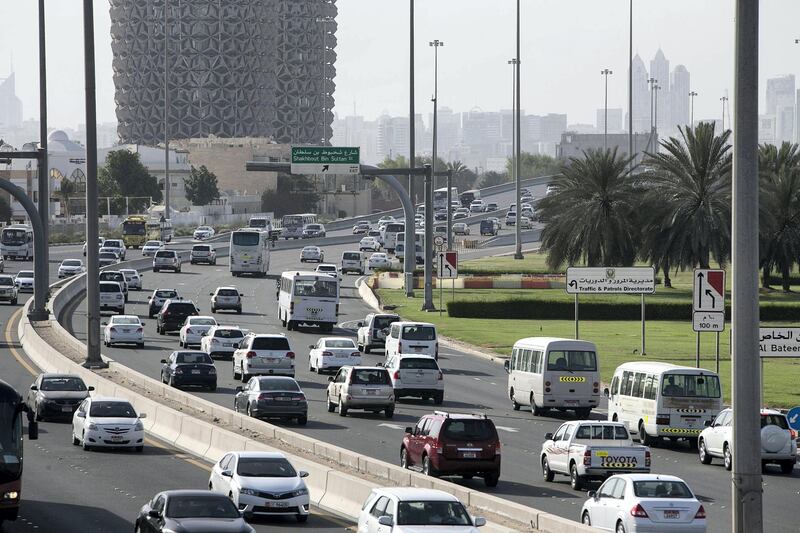Last year, Abu Dhabi issued 4.6 million fines to motorists on its roads. Only one traffic violation accounted for nearly 80 per cent of those fines: speeding. This context leaves no room for doubt that the decision by Abu Dhabi to abolish the buffer on speed limits is imperative to improving road security. Currently, the roads have an initial speed limit that is supplemented with a grace limit that permits drivers to raise their speeds by up to 20 kph. Remaining within the buffer will not invite a penalty for violation, but absence of a uniform speed limit means that confusion prevails – and confusion on the roads can be fatal.
The decision to scrap the buffer, however, was not arrived at abruptly. Motorists are accustomed to the upper limit, and authorities in the capital carried out detailed studies and engaged in consultation to determine how best to phase it out and ease drivers into adopting uniform limits, which will come into effect on August 12. Thereafter, any driver speeding even by a kilometre above the limit will be penalised. Abu Dhabi Police, the Department of Transport and the Urban Planning Department are confident that the new limit will enhance road safety and reduce crashes.
A comprehensive campaign is planned to raise awareness of the new rules; there will be posts on social media, displays on public transport vehicles and taxis, and ads in the newspapers. But the sheer number of vehicles on the roads – combined with entrenched driving habits – calls for caution and prudence in enforcing the new limits. A brief introductory phase – during which drivers caught breaching the limit are informed of the change and given warnings – may leave little room for grievances about the change and deter drivers from pleading ignorance (although ignorance is no excuse). Despite the teething problems that may crop up, the scrapping of the buffer is a welcome move in the direction of safety.





